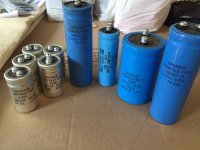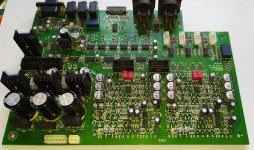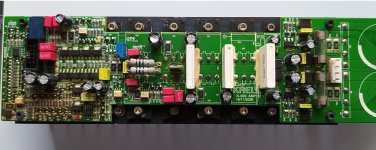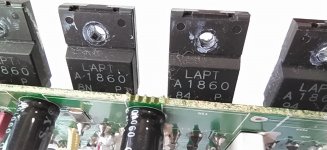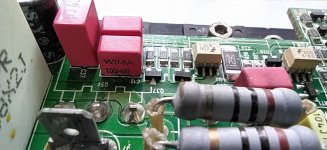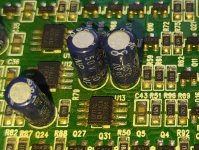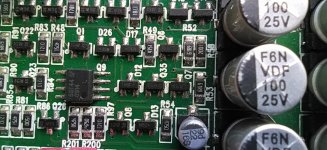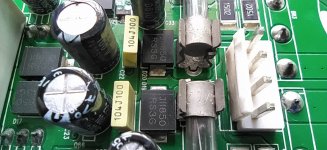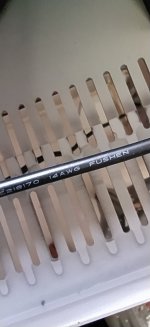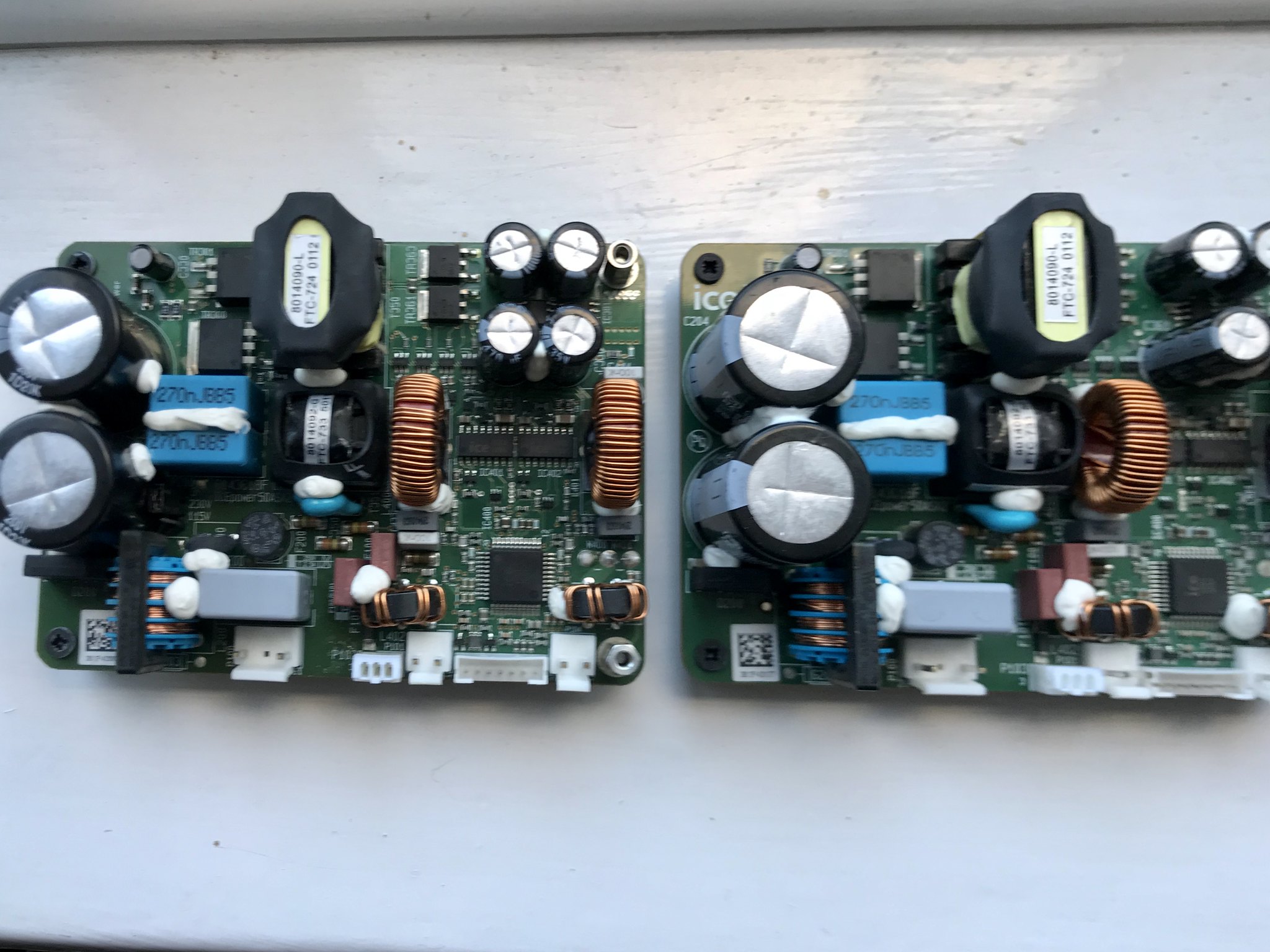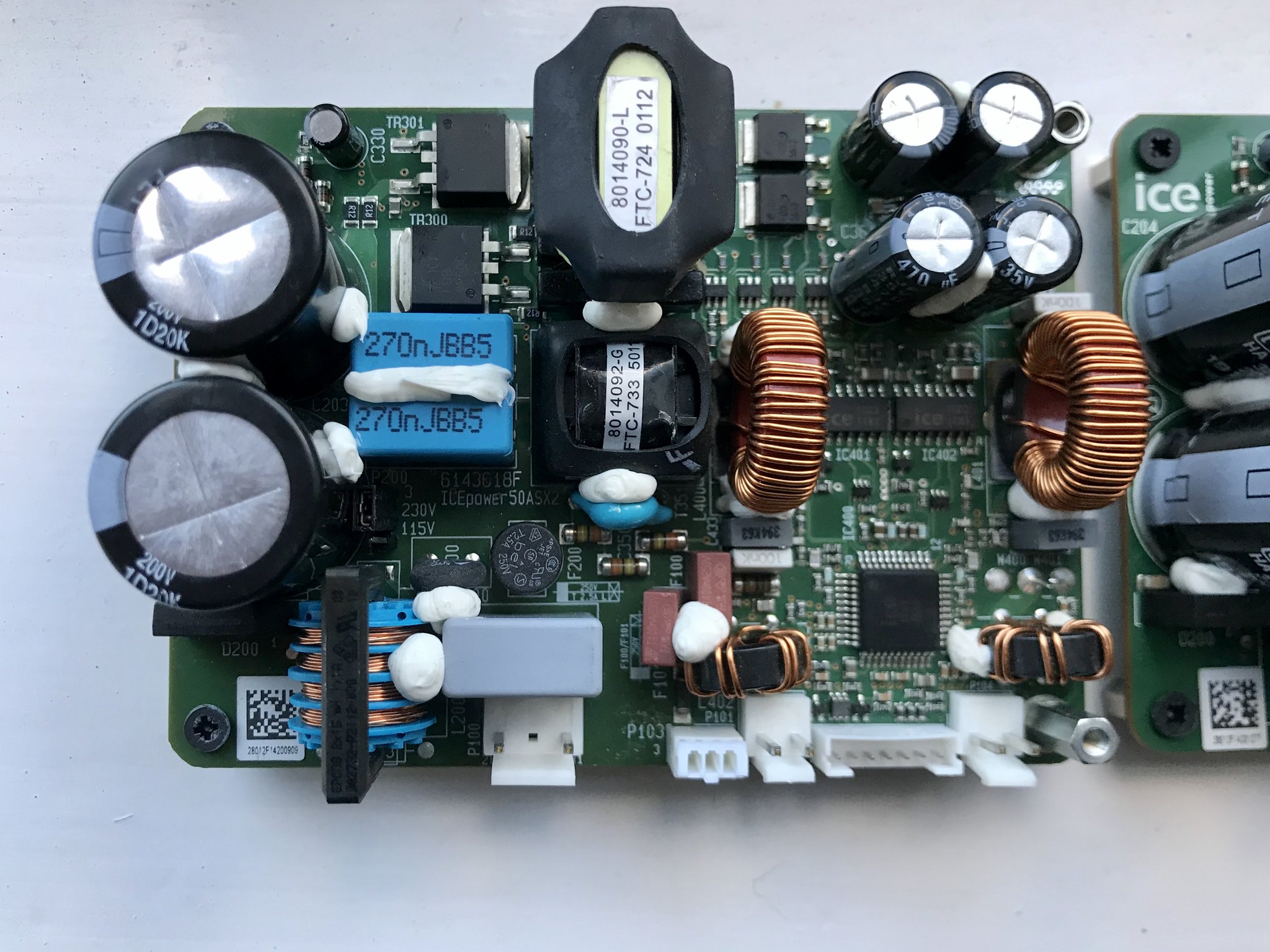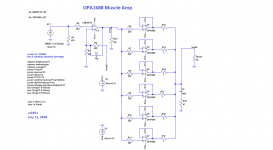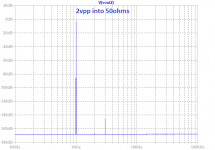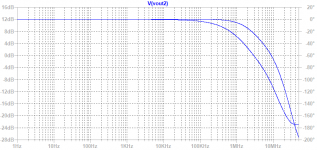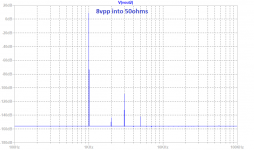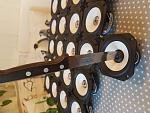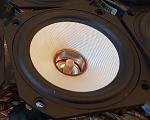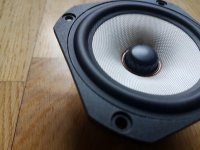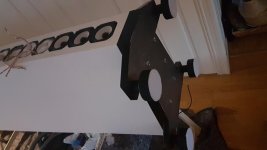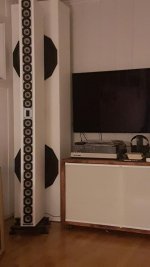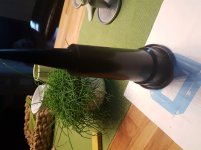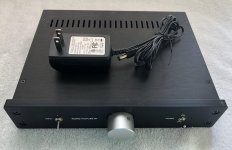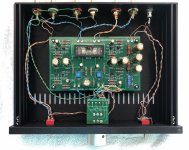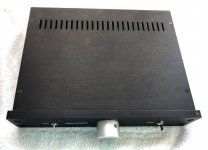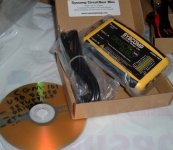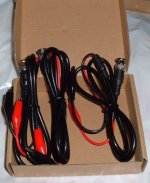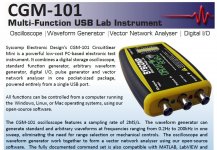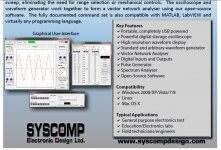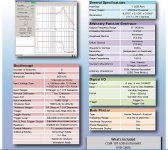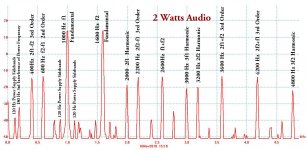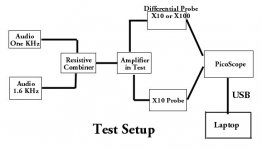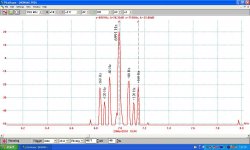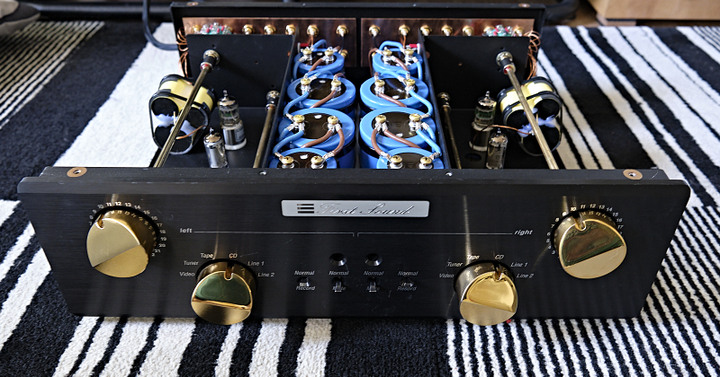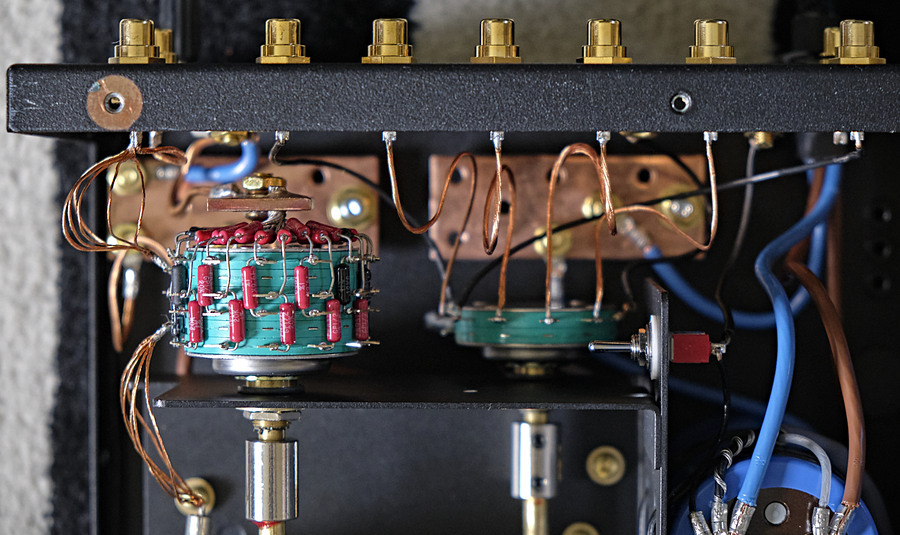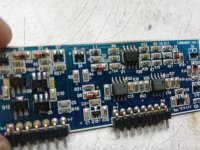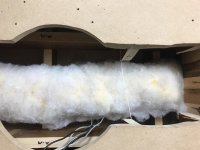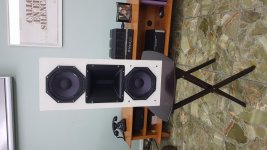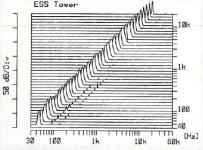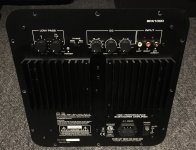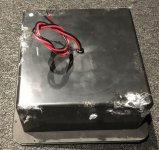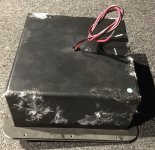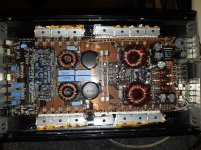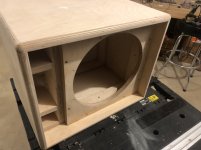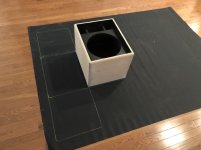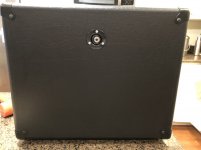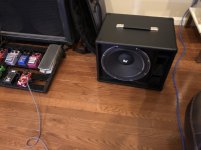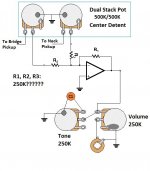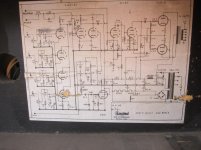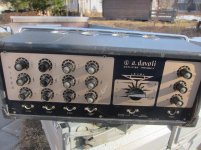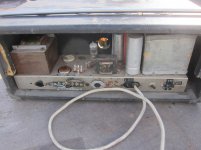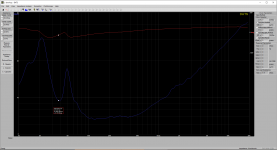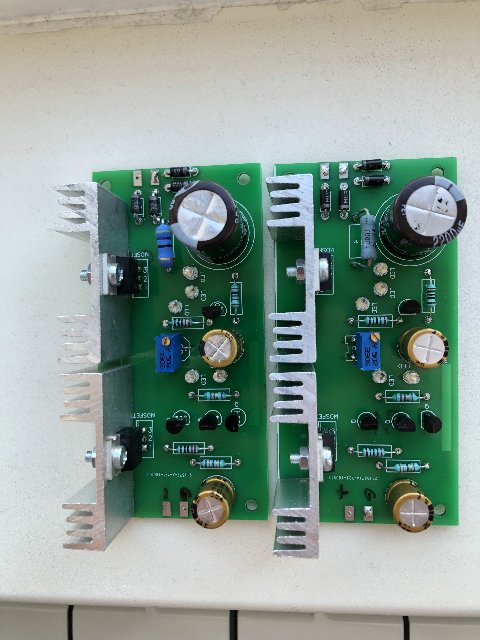I just bought a very special preamp hand-made by one person, Emmanuel Go (of First Sound). I thought the community would find this preamp and photos of it to be of interest and the mods have graciously granted me permission to post some information and photos here (thanks Tony and mods).
First Sound is very much a labor of love of just one guy, Emmanuel Go, hand-building and crafting preamps one at a time for each customer. In this sense, it is very comparable to what Nelson does at First Watt.
The model is the First Sound Presence Deluxe 4.0 MkIII-SI, a 3-chassis unit w/ the Special Edition upgrade using Audio Cap copper capacitors.
These are essentially "bespoke" preamps, each one crafted and tuned specifically for the owner's system and system components. The design is a true dual-mono design, two preamps in one main control chassis with the PS transformer and PS capacitors housed in an external chassis to maximize performance while minimizing the impact of noise and vibration on the main circuit. Additionally, there are two chassis in one, with an inner chassis comprised of copper-plated steel to function as a Faraday cage to further reduce the impact of external noise.
Special care is also provided to provide vibration-damping and even the fasteners were selected based on comprehensive, long-term, listening tests.
Notable are hand-assembled volume controls, utilizing individual exceptionally high-quality metal film resistors at each gain position and a massive power supply, exceeding the power supply capacitance and "stiffness" of many high-end power amplifiers.
Dual Mono Construction using Copper Plated Steel Chassis
• Step Attenuators, Ladder Type using individual resistors (see below), designated as LTH 92
• SPS 2.0 External Power Supply w/ detachable umbilical cord
MkIII-S upgrade
• MPDA (multi-phase differential array) developed by Shunyata Research. A sophisticated and innovative proprietary power line noise reduction filter array. Uses advanced 30 element surface mount components that significantly reduce power line noise.
• PSDS (power supply delivery system) An advanced system utilized for the power supplies..
• Upgraded main circuit boards
• Upgraded power supply circuits boards
• Additional 500 extra steps in the craftsmanship of this upgrade
MKIII-SI Upgrade
• As above with the addition of proprietary component filters that isolate electrical noise.
Paramount Special Edition upgrade
As the Presence Deluxe MKIII-SI with the addition of:
• LTV 92 Step Attenuators, Ladder Type attenuators using naked Holco Resistors
• Upgraded (Stage 3) Capacitors using AudioCap copper capacitors
• Expanded power supply capacitors
• Special Edition grounding topology
Volume attenuator
Copper chassis
Here are some pics of the interior of the First Sound.
Top view without the covers; there are only two tubes, a 6DJ8 and OA tube per channel. The preamp is a true dual-mono design; two mono preamps mounted in a single chassis.
Just some, but not all of the power supply capacitance...and yes, that blue and brown wire is Shunyata Research OFE wire connecting everything. Emmanuel Go and Caelin Gabriel of Shunyata collaborated on incorporating several Shunyata technologies into First Sound preamps. The 6DJ8 triodes can also be seen in this photo. These tubes are super-durable, with mean life over 100,000 hours.
The back panel shows input jacks, wiring and huge copper bus bars for making and grounding connections. Note that there is no ground wire for each RCA jack, only a single + connection. There is also no insulation on the wires so as to not have any dielectric effect from various insulation materials; the dielectric in this case is air. The entire copper bus bar serves a ground for all inputs. There is also a switch (little red box) for each channel that lets me float the ground in the advent of any ground hum (there isn't; this preamp is DEAD QUIET).
A close-up of the volume attenuator with individual metal film resistors.
There are also large, heavy, copper bus bars for chassis-grounding.
AudioCap copper capacitors.
Welcome the gang's questions...
